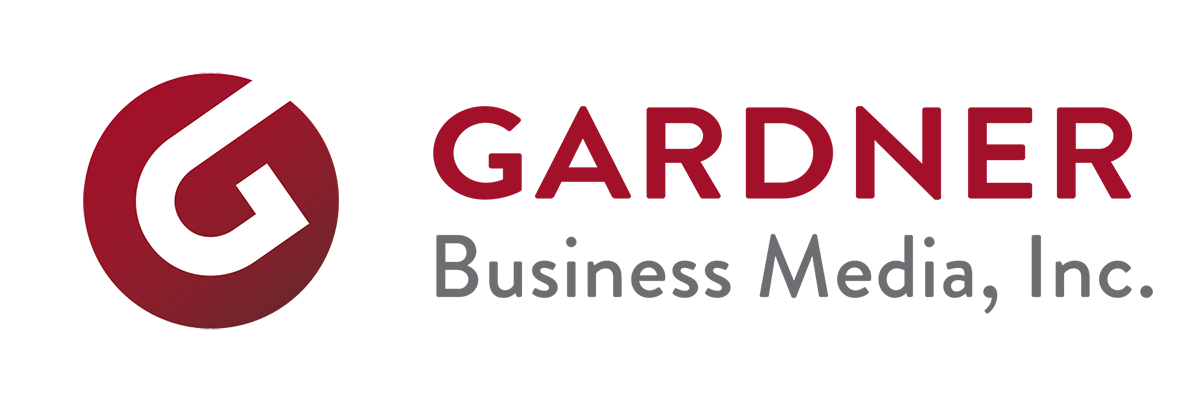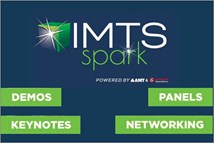Networking the Organization: Ford's CAD/CAM/CAE/PIM Strategy
Halfway through the largest computer technology implementation in its history, the Ford Motor Company is already finding benefits in terms of cost, quality, and time via improved and accelerated product development and manufacture. Here's a look.
The Ford C3P program was initiated, officially, in 1996. Paul Blumberg, director, Product Development Systems, Ford Product Development Center, explains that "'C3P' is an acronym of an acronym." The three Cs are: computer-aided design, computer-aided manufacturing, and computer-aided engineering (CAD/CAM/CAE). The P stands for product information management (PIM). C3P is the largest computer-based technology initiative in Ford's history. It is anticipated that within three years (by the end of 2001 or sooner) the entire corporation—the worldwide Ford organization—as well as the vehicle manufacturer's main suppliers will be networked with C3P technology. Blumberg explains that the roll-out is based on the initiation of new vehicle programs. At mid-1998, 16 vehicle programs were under development with C3P; as many as 24 are expected to be on-line by the end of '98. When it is fully rolled out, 8,000 people will be trained in using it (Ford internal people and suppliers are included in this number).
What this means is that the Ford worldwide system—Dearborn to Australia and all points in between—will be connected through the system. There is a single repository of engineering information (in Dearborn) that is accessed via a Ford intranet. Ford has standardized on Netscape browser technology (when it first came out, Ford acquired 50,000 releases of the browser; it is using Netscape Directory Server software as the foundation for its Ford Supplier Network). Internal people, as well as suppliers, have controlled access to the information in this database. That is, people get information about only what they need to know about.
Speaking of this single-source of information and global accessibility, Richard Riff, manager of the C3P project notes, "It allows a body to be deigned here in Dearborn and the engine to be designed in Europe."
Emphasis on PIM
It should be noted that the emphasis within C3P is not so much on the "C3" part as it is on the "P," the product information management. Blumberg draws a rudimentary architecture of the system, with PIM central and the other elements—from the computer-aided industrial design used by stylists all the way through to the people who are performing the stamping simulation—surrounding it. "This program is totally run by data management," Blumberg says.
| Ford was a pioneer with the concept of "modular engines," engines that could be readily modified--at least compared with the norm--so as to handle different applications. This is a model of the Ford 2.5-liter, 24-valve Duratec V6 engine. The real thing (as opposed to this model) is used in the Ford Contour, Mercury Mystique, and Mercury Cougar models. C3P capabilities facilitate making modifications to the already "modular" engine, which means that variants can be rapidly (comparatively speaking, once again) brought into production. |
He explains that a key reason why SDRC (Milford, OH) was selected as the core software supplier for the C3P program was because "They have the best data management of any of the CAD/CAM/CAE vendors." It's not that the features of the software are irrelevant—he notes that I-DEAS, the software provided by SDRC, is a "modern 3D modeling tool" and that they were pleased that there are embedded analysis tools within the core software. But what he thinks is most important is the usability of the information across the organization. Riff concurs, noting that "Data management is our competitive advantage."
The PIM portion is technology from a division of SDRC, Metaphase Technology. Metaphase had been a 50-50 venture between SDRC and Control Data Systems. SDRC acquired the company at the end of 1996. The integration of the software that develops designs and process information and the software that manages that information have proven to be key in this instance.
The program between SDRC and Ford is stated to be a $200-million relationship, including both software and services.
However, it is worth noting that, according to Blumberg, Ford hasn't really spent any money that it probably would have been spending otherwise. That is, the automaker is no stranger to using CAD/CAM/CAE tools. It has been long using two systems— CADDS and PDGS (this latter one being pretty much home-grown). Consequently, it would be employing workstations and PCs and so on to keep up to date with those packages.
The decision was simply made to use commercially available software (while all of it is integrated with the SDRC CAD/CAM/CAE/PIM software, all of it wasn't developed by SDRC, such as animation and viewing products from Engineering Animation and factory simulation from Tecnomatix) and to meld it with the methods that Ford uses. This methodology, Riff says, is what makes the difference between how well Ford will do with its system versus what's happening at other automakers. Going with the commercial software is an acknowledgement of the fact that Ford's real expertise is in vehicle design and development not generating code, just as the expertise of companies like SDRC is code not cars.
Return on Investment
According to Blumberg, the biggest cost related to the implementation of C3P is not hardware and software but with training and proficiency. While many of the tools may be comparatively easy to master—perhaps requiring three weeks or so—it is felt that it may take as long as two years for people to become proficient and that there may actually be a slight drop in productivity as the learning curve is ascended. In aiding this transition phase, SDRC has established a staff of more than 160 people in Dearborn in what's called the SDRC-Ford Technology Center.
| Attention car fanatics! This is the first "official" image of the next Ford Thunderbird. Specifically, it is a shot of the digital buck of the engine bay. While it may not make the cover of Motor Trend, the ability to have a comprehensive model like this will facilitate the design, engineering and production of what Ford hopes will be a landmark among its T-Bird line. |
But the savings can be enormous. This is not only a result of faster time to market, which is anticipated, but also as a result of the ability to share and exchange data. One example of this that Blumberg cites relates to the development of a Ford B-segment car in Europe. One of the tools is known as a "digital buck." Essentially, this is a prototype automobile (or a portion thereof, depending on the particular application) that's built in binary code, not metal, glass, rubber, and plastic. There is a "digital factory," which, of course, is a math-based rendering of the plant, including all of the machinery, tooling, equipment, etc. Engineers were able to determine that the front rail, as designed for the new vehicle, would present a problem given the tooling in the factory. Had the determination of that conflict not been made up front—and it is likely that the way it would have been ordinarily discovered was when an actual, physical prototype was brought into place in the plant—it could have cost as much as $60-million to make the required modifications to handle the rail design. That cost was averted. This early detection also comes into play in terms of assuring quality from the start.
In a macro sense, these are the types of gains that are expected to be realized through C3P:
- Engineering efficiency increase of 30 to 40%. Reasons include solid modeling and the ability to remodel quickly. This can translate to program savings on the order of $10-million to $100-million.
- Prototype cost reduction of 40 to 50%. When you can do the tests digitally, you can save on having to have physical models. This savings goes to the hundreds of millions of dollars.
- Investment efficiency improvement of 20 to 30%. Last year Ford spent some $8.5-billion on capital equipment. One of the goals of the company is to have a better means to reuse existing equipment, so by having the asset base on line, it will be easier to know what's available and to design for existing equipment.
- Reduction in late changes by 50%. Catching things early means late, expensive changes are avoided. Again, hundreds of millions.
- Program timing of 24 months or less. Time to market is, in a word, "critical."
According to Riff, Ford wants to get to the point where there will be an integration of knowledge bases right into the design tools. What he means is that when parts are designed, there will be "attached" information related to the materials, the costs, the manufacturing issues, and other "parameterized" details. This would go beyond what's commonly referred to as "corporate memory" and aid the development of "corporate learning."
As Blumberg describes it, "With an automated ability to do design, we can embed best-in-class performance criteria of a component, such as a crankshaft into the software that produces the design, and then we can generate a crankshaft in a flash." Which will further enhance the time-to-market velocity.
In a world that's characterized by too many car makers with too much capacity chasing too few buyers, the companies that are best able to serve the ever-changing customers' tastes with superb designs and excellent executions of those designs will be the ones that will prosper. C3P is one of the tools that the people at Ford believe will help them do just that.
RELATED CONTENT
-
Solid Edge Brings Divergent Modeling Worlds Together
This new software suite allows the development of “beautiful models ready for production.” What more can you ask for?
-
On Audi's Paint Colors, the Lexus ES 250, and a Lambo Tractor
From pitching a startup idea to BMW to how ZF is developing and using ADAS tech to a review of the Lexus ES 250 AWD to special info about additive at Toyota R&D. And lots in between.
-
Ford Simulates Gravity
Although virtual development tools are being used more and more, there are still some things that are done in the real world.


.jpg;width=70;height=70;mode=crop)






